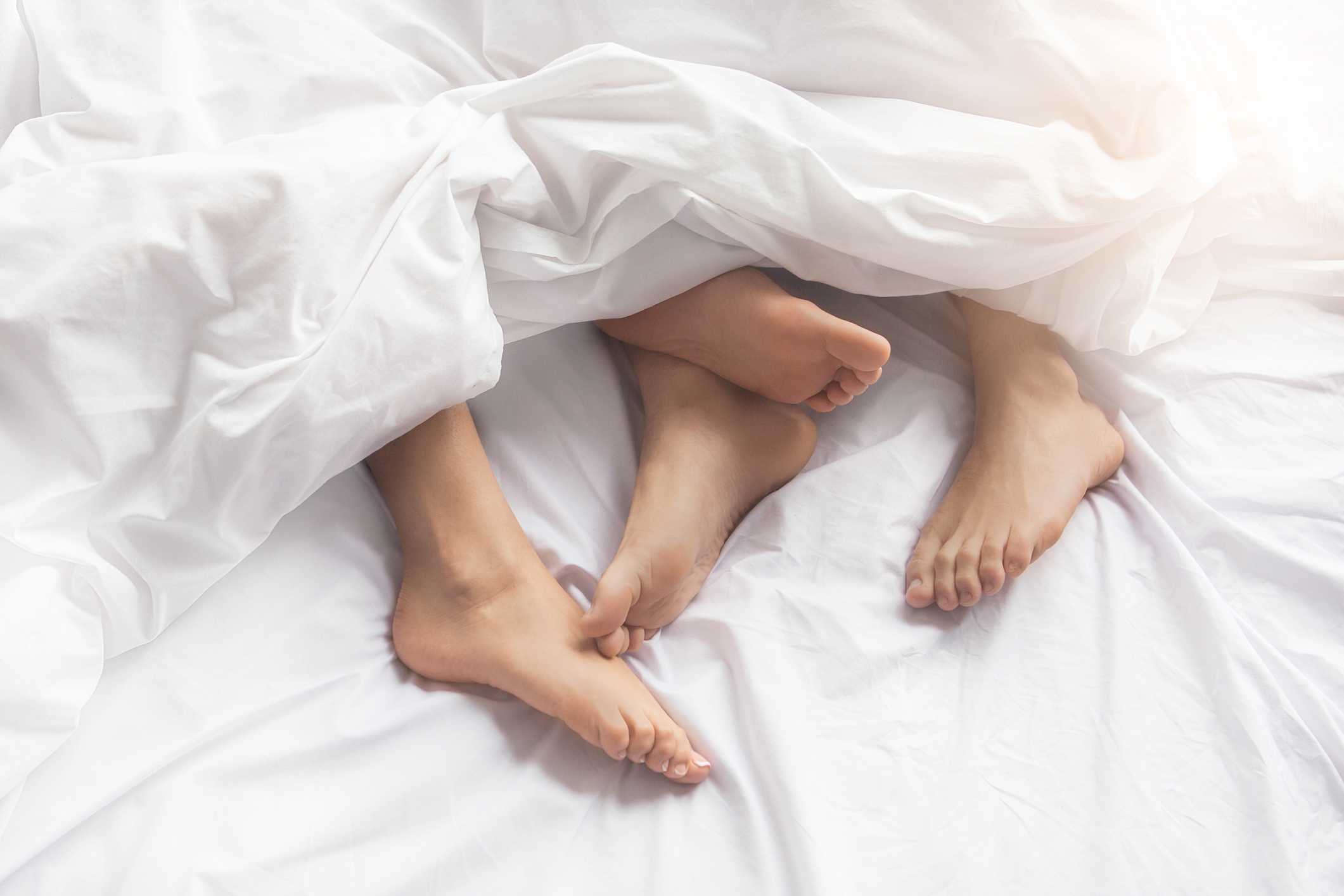People with neurogenic bladder lack control of their bladder due to nerve damage which prevents the bladder from emptying properly.
This nerve damage can occur as a result of internal or external trauma, injury or health conditions.
Nerve messages are exchanged between the muscles that control the bladder and the brain. If these nerves are damaged, the message that you need to urinate may not be sent from your brain to your bladder .
Depending on the nerves affected, and the severity of damage, there are two ways in which neurogenic bladder can occur.
People who have overactive bladders have poor control over when they urinate, while those with underactive bladders cannot empty properly and fill beyond the normal capacity.
Diabetes and bladder problems
Neurogenic bladder is a form of diabetic neuropathy in which selective damage leads to autonomic neuropathy where the nerves affected result in decreased urination frequency.
Urination dysfunction has long been a problem associated with diabetes, and bladder problems can often be more severe in people with diabetes.
However, according to research from Adeline M.Yerkes, BSN, MPH, published in the journal Diabetes Spectrum , diabetes is not a common cause of neurogenic bladder.
Yerkes reports that less than one per cent of neuropathies are related to the neurogenic bladder, with only a small number of people with diabetes likely to experience preferential autonomic nervous system involvement, which causes the neurogenic bladder.
People with diabetes can stop the development of neurogenic bladder by controlling blood sugar levels and preventing autonomic nerve damage from happening.
Symptoms of neurogenic bladder
The symptoms of neurogenic bladder depend on if the damage done to your nerves results in you having an overactive or underactive bladder. If you have an overactive bladder, symptoms can include:
- Urinating in small amounts, but frequently (eight times or more per day)
- Problems urinating and fully emptying the bladder
- Urgency to urinate
- Loss of bladder control
Symptoms of an underactive bladder include:
- Bladder filling beyond normal capacity and leaking
- Inability to feel when bladder is full
- Urinary retention – which can increase the risk of urinary tract infection
Kidney damage can occur from frequent urinary tract infections, which can be evident by painful urination. This infection arises if urine remains in the bladder for too long which can lead to kidney damage over time, or even kidney failure.
Causes of neurogenic bladder
There are a number of ways in which damage affects the nervous system and the bladder muscles, which can result in neurogenic bladder. These include illness, injury or health disorders. Brain disorders that can cause neurogenic bladder include:
- Alzheimer’s disease
- Multiple sclerosis
- Parkinson’s disease
- Stroke
- Tumours on the brain or spinal cord
Trauma or injuries that can cause neurogenic bladder include:
- Spinal cord injury
- Spinal cord birth defects
- Heavy metal poisoning
- Nerve damage from pelvic surgery
Health conditions that can result in neurogenic bladder include:
- Diabetes
- Acute nerve infections
- Genetic nerve problems
- Vitamin B12 deficiency
- Alcohol abuse
Diagnosis of neurogenic bladder
Initially, your doctor will require information on your medication history and conduct a physical exam which will include your abdomen, prostate and rectum. Additionally, a variety of diagnostic tests may be performed to assess whether you have neurogenic bladder. These include:
- Cystoscopy – locates problems in the bladder
- Cystometrography – tests if bladder volume and pressure is high or low
- Urodynamic testing – shows the efficiency in which urine is released
- Cystography – evaluates bladder capacity and how much urine is still left after urination
Treatment
Similarly to the symptoms of neurogenic bladder, treatment is also focused on whether patients have an overactive or underactive bladder. The goals of treatment are to control your symptoms and prevent damage to your kidneys, while generally improving your quality of life.
Overactive bladder
To help manage symptoms of overactive bladder, you may be presented with a variety of treatment options, such as:
- Lifestyle changes – either delaying or scheduling urination, bladder exercises or keeping a bladder diary
- Medication – to stop bladder contractions or help the bladder muscle relax
- BOTOX injections – to help patients with a brain or spinal cord injury
- Neuromodulation therapy – delivers electricity or drugs to damaged nerves
Underactive bladder
Lifestyle changes and medication would also be prescribed to patients suffering from underactive bladder. Alternatively, a urinary catheter may be required for some people, while surgery could be needed for others.






